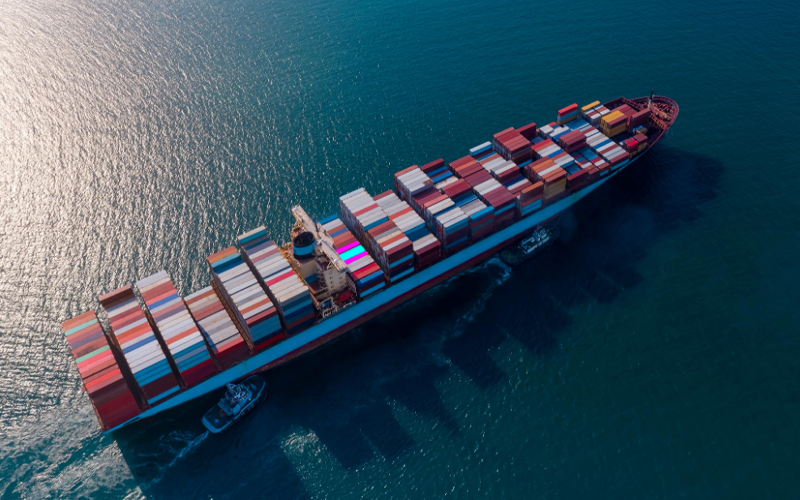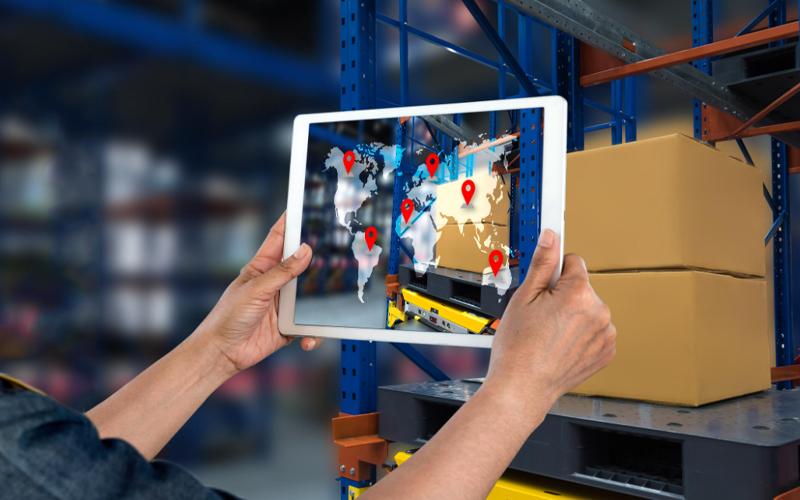The pandemic-induced growth in the e-commerce industry continues unabated as access to the internet reaches the remotest corners. And logistics providers are the backbone. Since Covid-19, the world has seen economic volatility and geopolitical instability with consequent supply shortages and rising costs. Common logistical challenges include order processing and delivery delays, transportation costs, and inventory errors. The other hurdles are supply and demand mismatches, last-mile delivery costs, and carbon footprint concerns. Supply chains and logistics have used data-driven KPIs, statistics, and insights for quite a while. More recent aspects include real-time data capture and analysis to respond quickly to uncertainty and mitigate risk. Digitalisation and intelligent logistics are the need of the hour.
The digitalisation of supply chain and logistics is an end-to-end transformation that integrates cloud, automation, IoT, AI and ML-based systems, and intelligent and advanced analytics. A vast amount of data is generated at each stage of the digital logistics process from the moment a customer order is generated till the delivery of the product. It comes in from the range of systems that impact delivery operations. Data is generated in the business systems like ERP, shopping carts, and advertising data. Data from warehouse management systems, IoT sensors and other devices, robotic data, shipping carriers, vehicle fleet diagnostics, and GPS systems is also collected. External data that could influence the logistic services, like weather, traffic, economic and trade forecasts, and social media, are also considered.
Wireless devices such as RFID tags, GPS, and sensors can track location, check temperature and humidity, and other real-time conditions. AI analytic algorithms can process this data to manage routes, improve security, and detect emerging issues. The other benefits are improved worker safety and reduced waste. It allows sensitive goods to be shipped with higher quality. IoT can automate inventory management with tags on warehouse items to track the products' location and stock levels in real time. This real-time data improves forecasting, preventing out-of-stock and surplus scenarios. IoT is essential in automating warehouse operations and optimising resources and space utilisation. Smart warehouses and logistics centres can use integrated analytics data to improve forecasting and inventory management.
Autonomous warehouses are customised based on requirements, with a cold food or pharmaceutical storage facility closely monitoring temperature and humidity, while distribution centres are equipped with autonomous vehicles and mobile robots. A forklift can include impact sensors to monitor collisions and load sensors that note the distance travelled with and without load. This data is then used for practical storage and route planning. The passively captured big data feeds the AI analytics system. The AI module can update robot control programs to create a continuous optimisation cycle in an autonomous warehouse.
Understanding Data and Analytics in Logistics
In the logistics industry, resources and vehicle allocation is a delicate balance. Over-allocation results in higher costs and under-allocation causes late shipments. Route optimisation requires dealing with rising fuel costs, road work, weather conditions, and geopolitical factors. An integrated analysis of internal data related to vehicle sensors, GPS, fleet and personnel schedules, weather forecasts, and road maintenance will generate real-time optimised route plans and prevent delays and damaged goods. IoT-enabled vehicles provide access to driving patterns such as braking, acceleration, and average speed. It also generates handling, usage, and wear and tear details data. When fed into intelligent predictive systems, this data allows for streamlined fleet maintenance at minimal cost, monitoring for safe driving practices, and helps reduce fuel costs. The last mile of delivery can be the cause for a significant chunk of the overall delivery cost and effort. Some hindrances are lack of parking in urban areas, time taken to deliver to high-rise apartments, and unavailability of customers. With GPS and sensors, it is possible to gather information about the last mile. This information can then be analysed to reduce time and effort through pre-designated parking spots, multi-tiered distribution centres using smaller vehicles or even two-wheelers, and automated calls to customers to check availability.
Data and analytics minimise operational costs by streamlining the supply chain through visibility, optimisation, and predictive insights. It helps detect and resolve potential issues quickly, improving customer experience and brand reputation. Big data and intelligent analytics set the foundation for informed decision-making and proactivity leading to an end-to-end transformation of the logistics process.
*For organizations on the digital transformation journey, agility is key in responding to a rapidly changing technology and business landscape. Now more than ever, it is crucial to deliver and exceed on organizational expectations with a robust digital mindset backed by innovation. Enabling businesses to sense, learn, respond, and evolve like a living organism, will be imperative for business excellence going forward. A comprehensive, yet modular suite of services is doing exactly that. Equipping organizations with intuitive decision-making automatically at scale, actionable insights based on real-time solutions, anytime/anywhere experience, and in-depth data visibility across functions leading to hyper-productivity, Live Enterprise is building connected organizations that are innovating collaboratively for the future.







